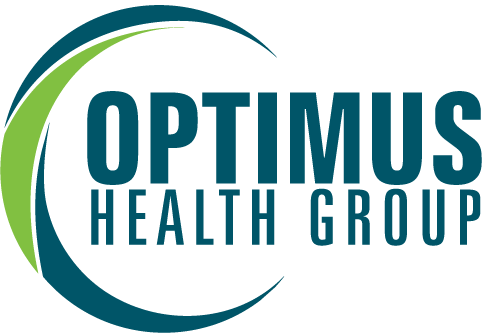A great program encompasses movement patterns, core strength, power & speed, agility & reaction times and aerobic/anaerobic endurance at levels appropriate to the junior athlete.
To build great future athletes we must start with the basics.
Children & teenagers are more sedentary than they have even been before. We are finding that simple, natural human movement skills need to be taught. Get the basics right and we can build a strong foundation to give your child the best possible chance to achieve his or her sporting dreams.
movement patterns & core strength
1) Movement
Correct foundational movement patterns help builds athleticism, improve joint health and reduce injury risk.
Fundamental movement skills can include the following:
Balance skills, such as movements where the body remains in place, but moves around its horizontal and vertical axes
Locomotor skills (running, jumping, hopping, leaping, skipping, and galloping),
Ball skills (catching, throwing, kicking, and striking),
Non-locomotor skills (rolling, balancing, sliding, and dodging)
Object control skills (bouncing, throwing, catching, kicking, and striking).
2) Core Strength
Core strength underpins athleticism and robustness. We teach junior athletes how to resist rotation, flexion and extension (movement from side to side, forward and backwards). We also teach them how to brace for contact.
Strength, power and speed
Strength development is a combination of muscular, neural, and mechanical factors. Neural plasticity ability of the brain (ability to change throughout life) means that strength development could be targeted during childhood and after the adolescent growth spurt.
Power is essential for success in almost all sports. Vertical jump height is an indirect measure of muscular power. Power development can start at the onset of adolescence and continues throughout adulthood.
Children and adolescents can make training-induced improvements in muscle power. This video shows how we incorporate sports specific strength and power training into our programs.
These junior rugby players are working on strengthening their necks so they can develop the right muscles to be able to take the force generated in scrums. It has the added benefit of being helpful in reducing the risk of serious concussion symptoms.
Agility and reaction times
Agility is “a rapid whole body movement with change of velocity or direction in response to a stimulus.” or more simply put, the ability to think on your feet.
While strength and power are important, an athletes ability to react quickly lies mainly in their brain. This can be improved through various specific types of training.
The benefits of this type of training include the following:
Greater body control
Injury reduction
Improved athleticism
Distinguishes higher performing athletes
aerobic and anaerobic endurance.
Think of the anaerobic and aerobic systems like the fuel in an engine. if you build an engines capacity it has the ability to go harder and faster over a longer period of time whilst using the fuel reserves more efficiently therefore improving performance.
Aerobic is what keeps you going longer and longer. Anaerobic gets you there faster.
We train endurance by applying similar work to rest ratios* that mimic as close to game intensities in a controlled situation. We do this by implementing progressive overload* as to gradually increase the stress on the body to create adaptions. (the term stress within the context of exercise, is defined as an exertion above the normal everyday functioning of your body)
Work:rest ratio: is the comparison between how much time you're (working) lifting weights or doing high-intensity cardio to the amount of time spent resting. So, if you're doing 10-second sprints and resting for 60 seconds, your work:rest ratio is 1:6.
Progressive Overload: This principle involves continually increasing the demands on the musculoskeletal system to continually make gains in muscle size, strength, and endurance. Applied to cardiovascular-fitness programs, it is creating physiological changes that affect aerobic metabolism and the cardiorespiratory system.
Email jake@optimushealth.com.au to organise your free consultation or to find out more!
Parents welcome to attend.



